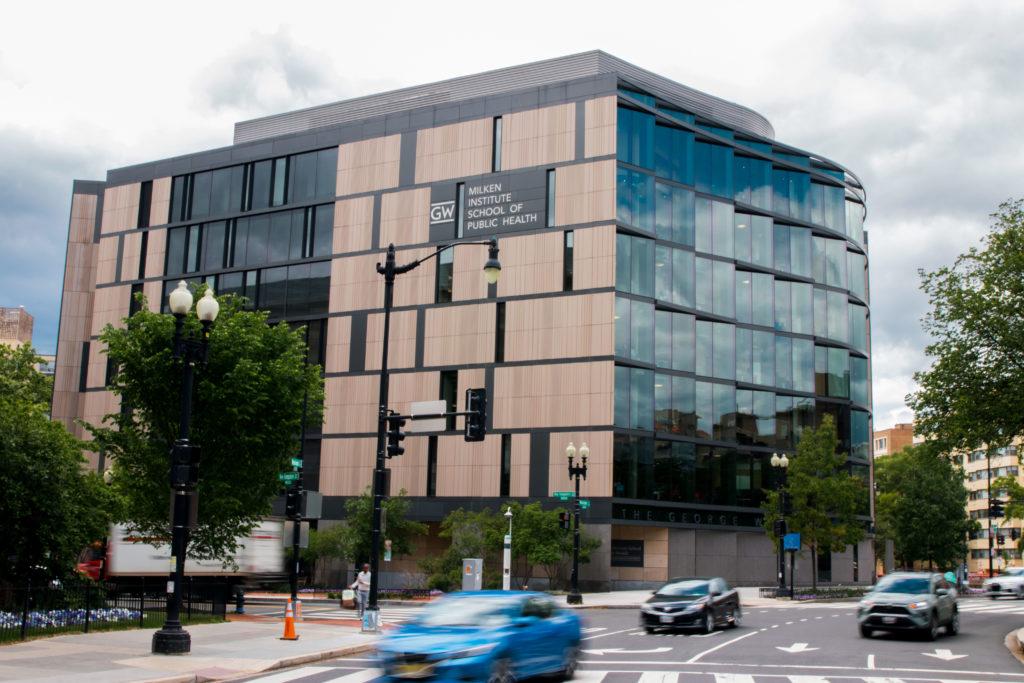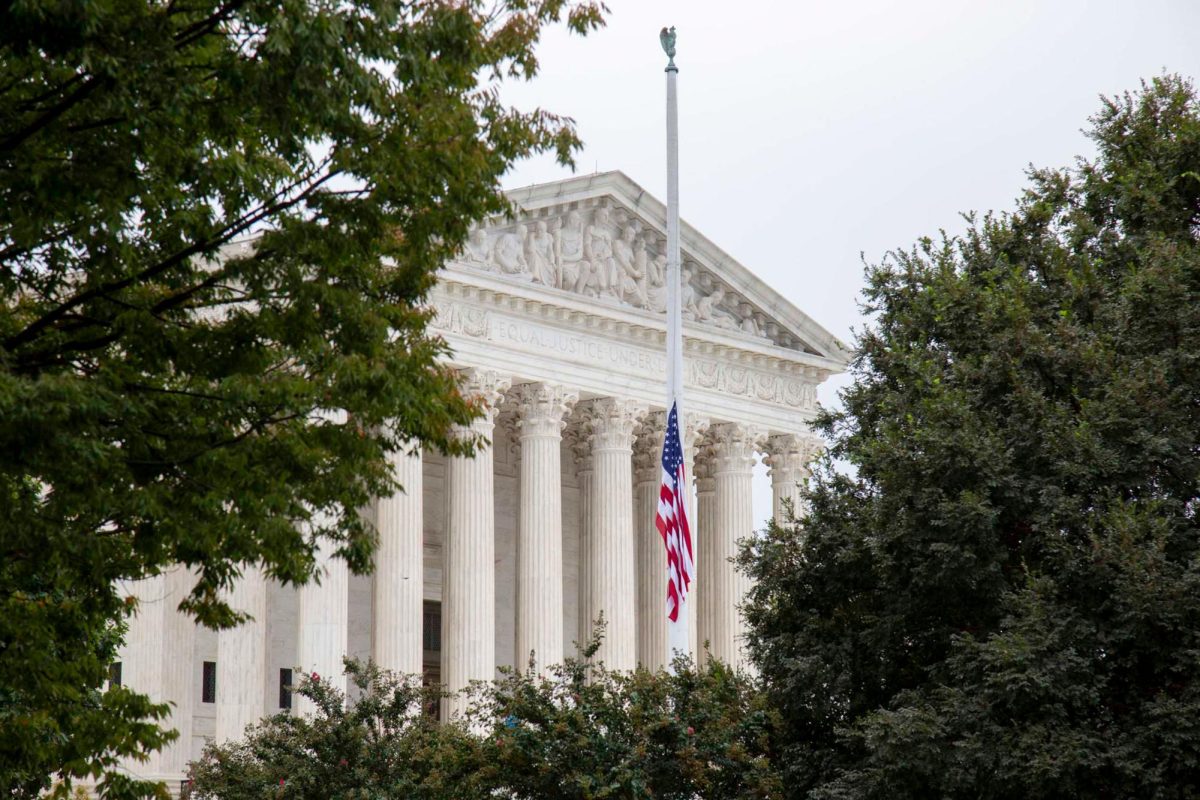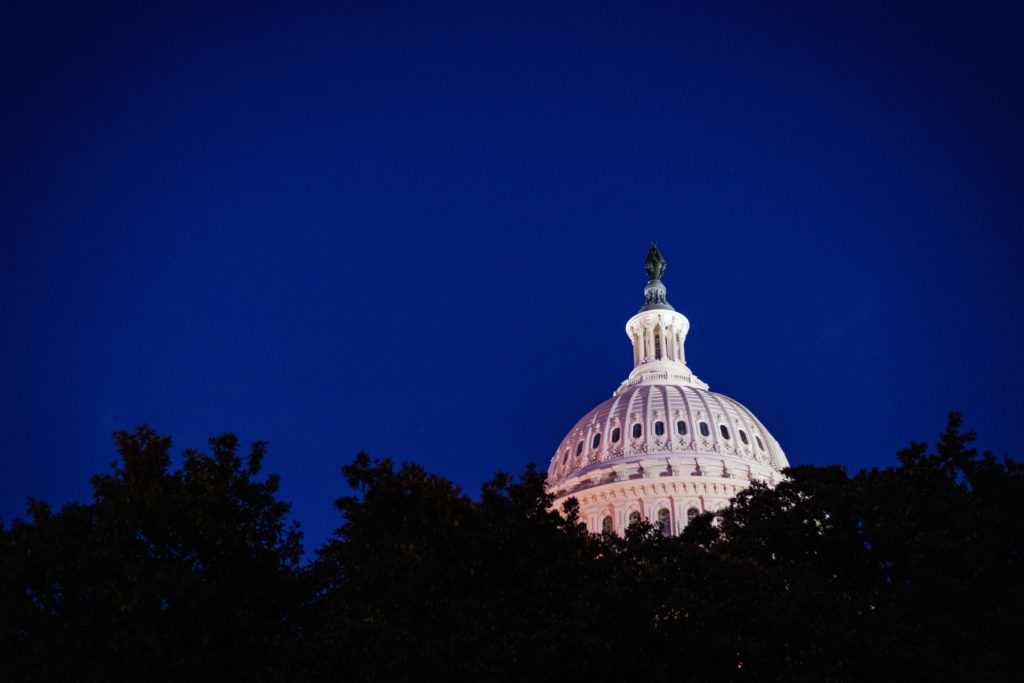Despite national efforts to curb air pollution, racial disparities from pollution-caused illnesses have worsened, according to a Milken Institute School of Public Health study published earlier this month.
Researchers examined air pollution and its associated health impacts like asthma and lung cancer from 2010 to 2019 and found that disparities in air pollution-related health complications have increased in that period. Gaige Kerr, the lead author of the study, said pollution-reducing legislation like the Clean Air Act has benefitted white communities more than communities of color because the regulations don’t resolve the history of government officials disproportionately placing pollutive factories and highways in minority neighborhoods, causing the disparity between the groups to increase.
“When we found this result, that actually the gap between white America and Black and Brown America widened over the last decade with respect to rates of pollution-associated diseases, we were pretty surprised,” Kerr said.
Kerr, a senior research scientist in the Department of Environmental and Occupational Health, said the researchers analyzed data sets from the U.S. Census Bureau and the Global Burden of Disease related to population demographics, air pollutants and overall health. He said researchers used the data sets to determine disparities, comparing air quality differences in the most and least white areas. The study found that differences in exposure to two air pollutants, particulate matter and nitrogen dioxide, account for the widening of health disparities.
Kerr said the study found that premature deaths caused by health complications like strokes and lung cancer are linked to long-term exposure to particulate matter pollution. The study found that decreases in pollutant-related illnesses like asthma in majority-white communities were greater than in nonwhite and Hispanic communities.
The disparity in particulate matter-related premature deaths between nonwhite and white groups increased by 16 percent, but the disparity between white and Hispanic or Latino communities rose 40 percent within the past decade, according to the study.
Experts often use pediatric asthma rates caused by exposure to nitrogen dioxide — an air pollutant composed of oxygen and nitrogen formed from fossil fuel combustion — to analyze the environmental health of certain areas. Legislation has been trying to prevent pollution-related illnesses like pediatric asthma, but the study found the gap in pediatric asthma rates between white and nonwhite communities rose by 19 percent.

Despite rising disparities and the positive trend in pollution-related illnesses, the study found overall death rates related to particulate matter have declined by 28.5 percent from 2010 to 2019 across the United States. New cases of pediatric asthma have declined by 39.8 percent in the same period, according to the study, even with positive trends of cases across the country.
Kerr said there are large systematic gaps in pollution-related health issues between zip codes because some neighborhoods have access to green spaces, nutritious foods and health care, while others don’t. He said these imbalances are often linked to racial disparities.
“Some people just don’t have access to the resources that others have, and as a result, it’s more challenging for them to enjoy the same good health that many communities, largely communities with higher amounts of wealth, more white, non-Hispanic folks are able to enjoy and obtain,” Kerr said.
Kerr said increased highway construction in the 1950s and 1960s harmed communities of color and low-income communities because they face more diesel vehicle traffic, a main driver of nitrogen dioxide pollution in cities. He said former President Dwight Eisenhower and following administrations constructed the interstate highway system during this time and many Black, Brown and low-income communities were “sacrifice zones,” meaning officials routed large, busy highways through them.
“There’s often not a giant factory refinery in a predominantly white, wealthy, let’s say, suburb right,” Kerr said. “They’re located in more historically excluded or marginalized communities within our urban areas.”
He said particulate matter comes from sources like wildfires, refineries and petrochemical plants and disproportionately appears in communities that experience zoning and land-use changes in urban areas, like building large highways.
He said the researchers found there were nearly 50,000 premature deaths and 120,000 new cases of pediatric asthma because of pollution exposure each year from 2010 to 2019.
“What we found for nitrogen dioxide-attributable pediatric asthma is that regions of the country that have higher rates of asthma at baseline are becoming more inequitable,” Kerr said.
Experts in air pollution said those with lower socioeconomic status are more susceptible to illness from air pollution, and its severity depends on a community’s location and background.
Lucas Henneman, an assistant professor of environmental engineering at George Mason University, said the results of this nationwide study echo more local results that other researchers have found which document disparities related to air pollution.
Henneman said everyone in the U.S. has benefited from air quality regulations, but white communities are benefitting more. He said U.S. regulations are more focused on nationwide pollutants, like car emissions, instead of pollutants, like manufacturing, that affect specific regions.
“There’s nothing in the laws that are written to address these disparities,” Henneman said. “And so by ignoring that, it seems like we’ve actually exacerbated the disparities.”
Charles Driscoll, a professor of civil and environmental engineering at Syracuse University, said minority populations who are economically disadvantaged will breathe in more illness-ridden air containing ground-level ozone, which absorbs radiation from the Sun and can worsen and cause illnesses. He said these populations will also inhale more particulate matter, which lawmakers can combat by decarbonizing and phasing out coal-fired power plants that drive emissions.
“To me, it’s a no-brainer, and we should be pushing forward with it as quickly as possible because the economics are such that even though it costs a lot of money to change our energy system, the health benefits that we estimate just from power plants greatly outweigh the costs associated with decarbonizing the electricity sector,” Driscoll said.








